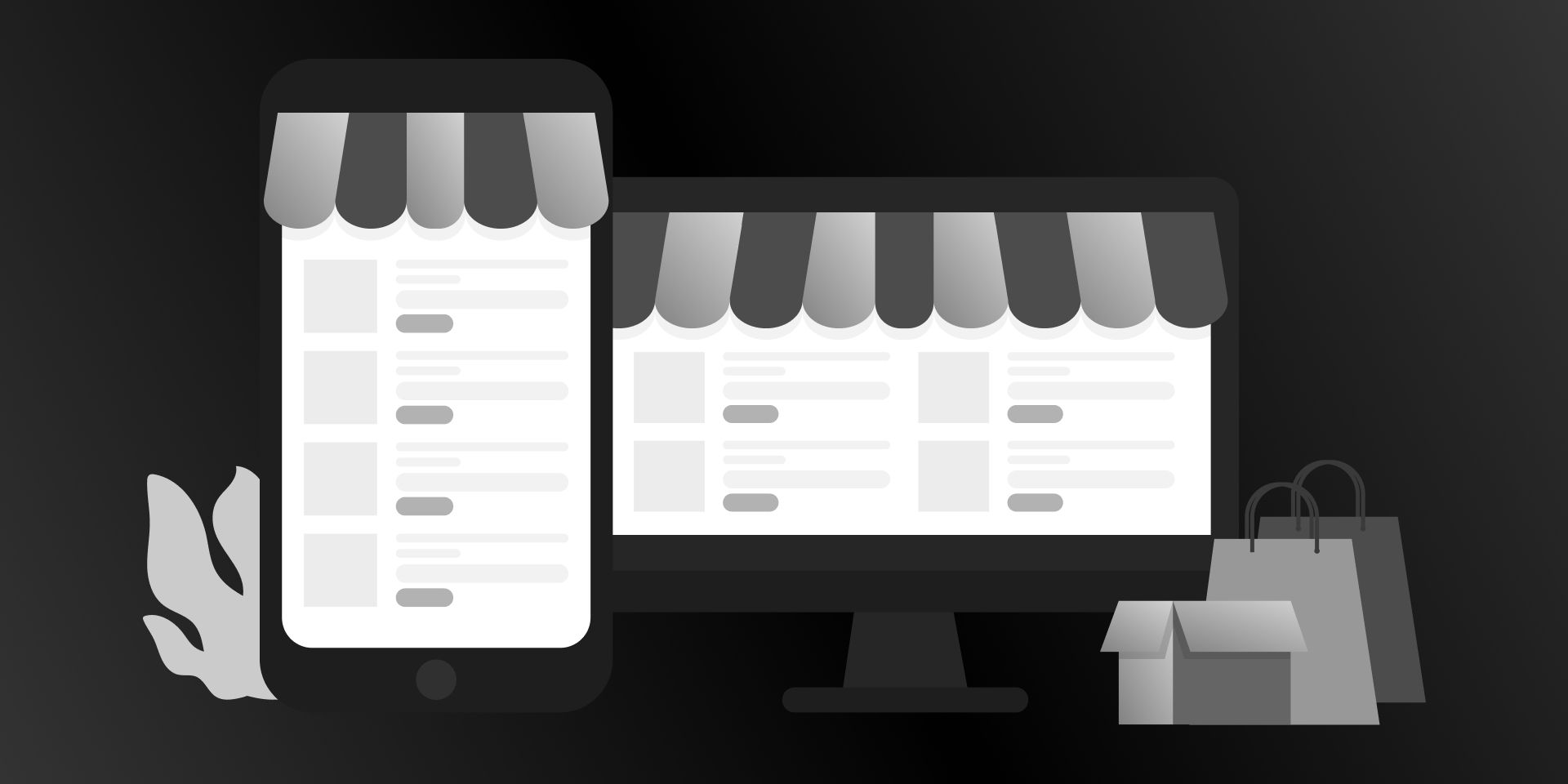
How to Convert a Shopify Store into a Mobile App?

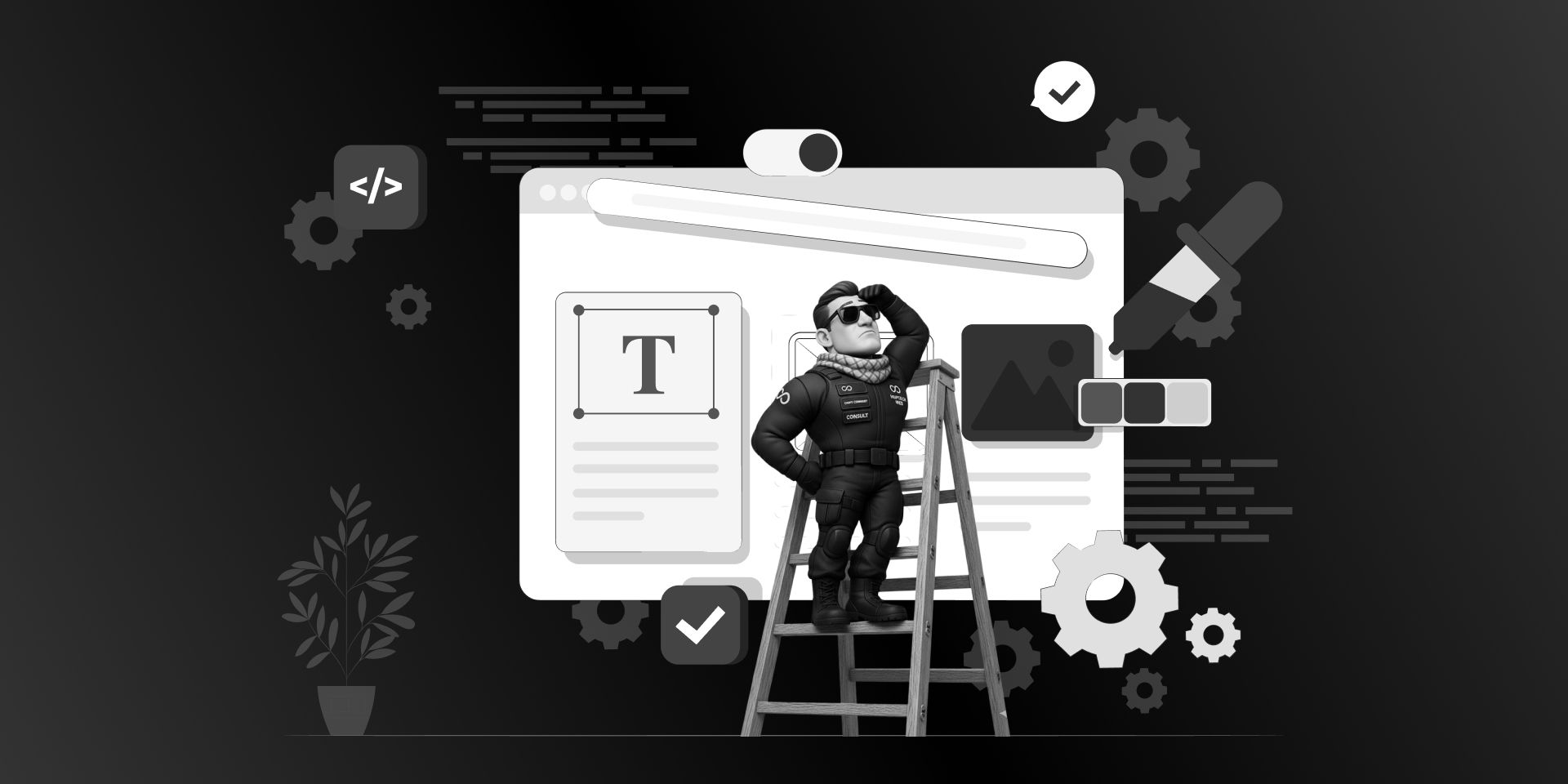
A website redesign is more than just giving it a fresh coat of paint.
It's not just about making your site look more modern or adding a few design tweaks—it's about optimizing every part of your site to serve your users better, improve functionality, and align with your business goals.
But how do you know if it's truly time for a redesign?
This blog will guide you through 9 signs that show your website may need a redesign, helping you understand when a redesign is necessary and how to approach it effectively.
There are mainly two options—a website refresh or a complete redesign.
A refresh is more straightforward, updating only the design elements, like graphics and colors, without changing the website structure. A redesign is more thorough and changes the site's design and functionality.
You can decide whether you need a redesign or just a refresh by answering a few key questions:
A refresh might be enough if your site still functions well but looks outdated. But if it has a lot of issues, you might need a full redesign.
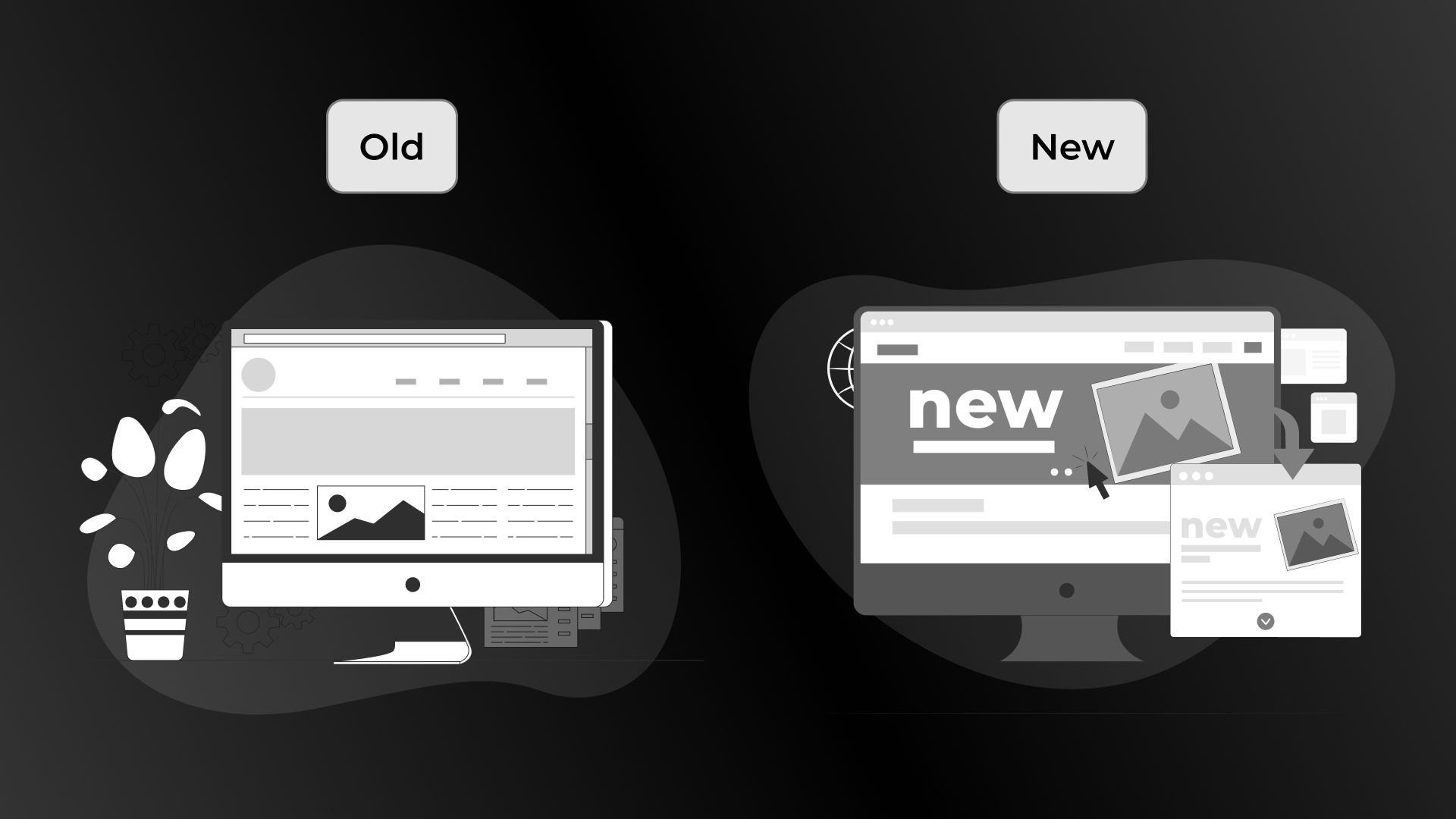
Your website is often the first impression your audience has of your brand.
A modern, functional, and engaging site is no longer a luxury but a necessity in 2025’s digital world.
The average website lifespan is generally 2 to 4 years, but it can last longer depending on how flexible the platform is. A well-maintained website can function longer, but poor maintenance can cause it to slow down.
Sometimes, huge shifts in technology (like the need for mobile-friendly sites) might require a redesign. If the website works well but feels outdated, a simple refresh in branding or design may be enough instead of a complete redesign.
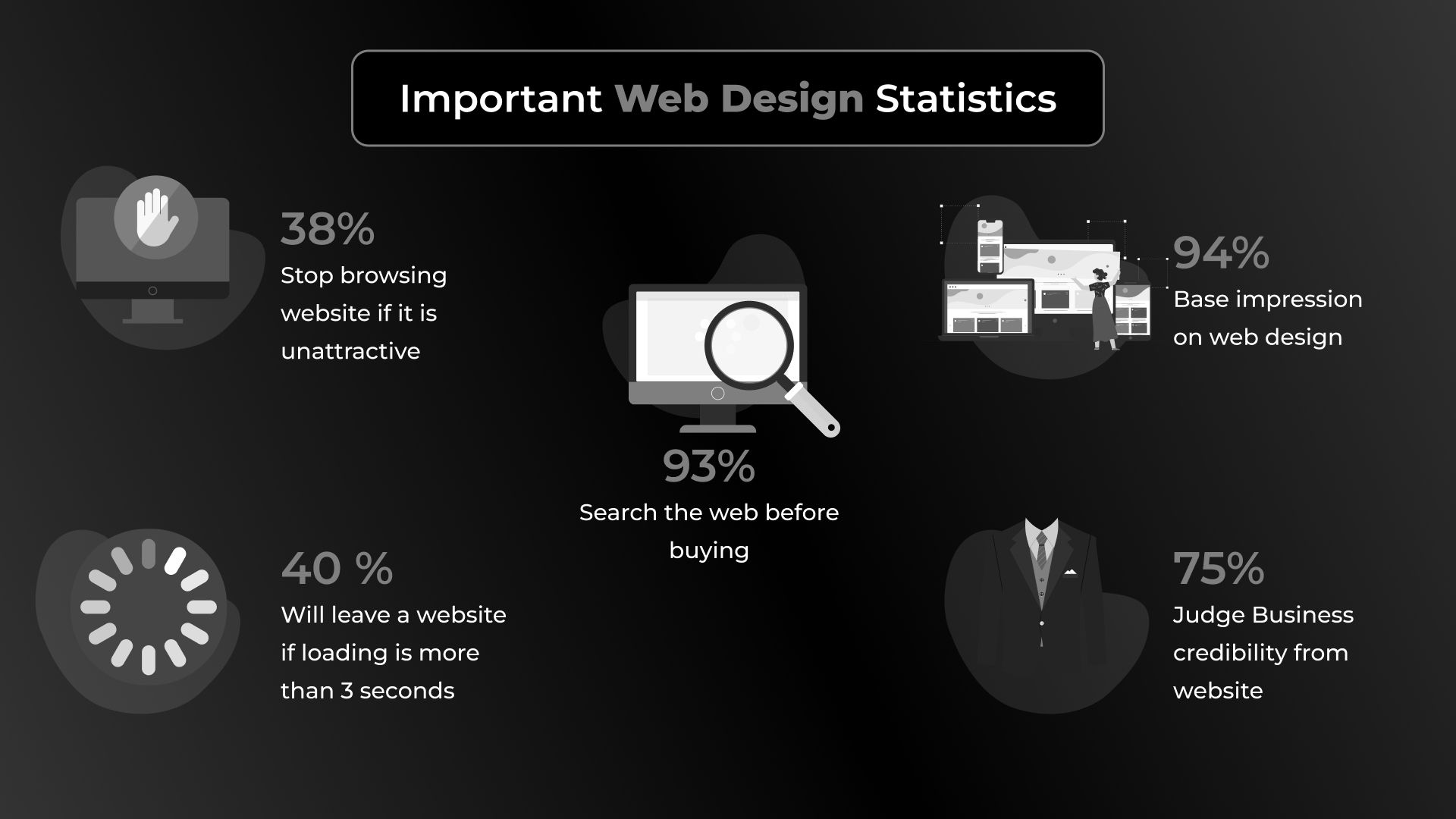
Your website might not always tell you directly that it needs an update, but there are clear signs you can look for. Here are the key indicators:
If your website looks like it's from the early 2000s, it's definitely time for an upgrade.
Modern web design trends focus on clean, user-friendly interfaces with smooth navigation. If your website feels outdated, it can negatively impact your brand image and user experience.
With more people browsing the internet on smartphones, a mobile-responsive website is a must.
If your website isn't optimized for mobile devices, you could be losing out on a huge chunk of potential visitors. A redesign will help ensure your site is accessible and performs well across all screen sizes.
If your website takes too much time to load, users will quickly move on to other sites.
Page speed is important not only for user experience but also for ranking in search engines like Google. A slow loading site can hurt your SEO and conversion rates, making it a key sign you need a redesign.
Your website's main goal should be to convert visitors into customers—even if that means making a purchase, filling out a contact form, or signing up for a newsletter.
If your website isn't driving the conversions you need, a redesign might be necessary to improve user experience, layout, and calls to action.
If your content isn't resonating with visitors or ranking well on search engines, it could be time for a refresh. A redesign can streamline your content, improve readability, and integrate SEO-friendly practices that boost performance.
If your business has gone through changes like rebranding, a shift in mission, or rapid growth, your website might no longer reflect who you are or what you stand for.
A redesign is an excellent opportunity to align your website with your updated brand identity, values, and goals, ensuring your online presence is consistent with your overall business direction.
If your competitors' websites are more modern, user-friendly, and feature-rich, it's a sign that you might be falling behind. Keeping up with competitors is essential, and an e-commerce website redesign can give you the edge you need to stand out in your industry.
If customers tell you your website is hard to navigate, outdated, or simply not functional, it's time to listen.
Implementing user feedback can guide the redesign process and ensure you address the issues that matter most to your audience. Collecting feedback via surveys, forms, or user testing can give you valuable insights.
If your current website doesn't give you the data you need to make informed decisions, it might be time for a redesign.
Modern websites have better analytics tools that track user behavior, conversions, and performance metrics—helping you optimize your site for better results.
These signs are like a checklist to see if your website is still doing its job. If you notice even a few of these issues, it's a good idea to consider a redesign. 2025 is the perfect time to make a change.
Redesigning your website doesn't have to be overwhelming. Follow these steps to make it easier and effective.
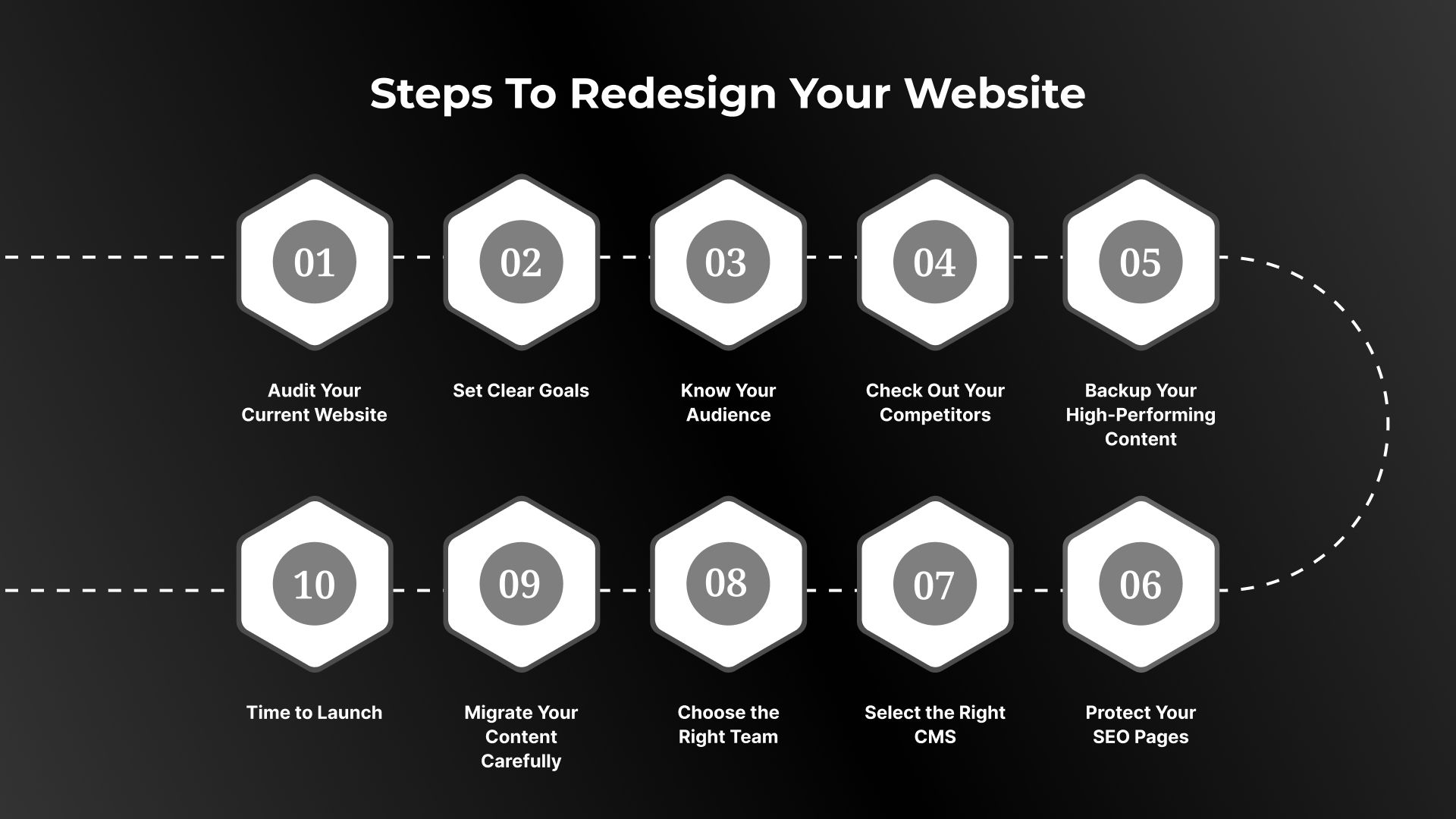
Start by evaluating your current website.
Identify what's working and what's not. Review performance metrics like loading speed, bounce rate, and user engagement.
Check for outdated design elements, broken links, and poorly performing pages. A thorough audit will give you a solid foundation to understand what needs to change.
Before you start designing, set clear objectives for your redesign.
Are you improving user experience, increasing conversions, shifting your business focus, targeting new customer segments, or modernizing the look?
Clear goals will guide the design process and help you measure success after the launch.
Your website should be designed with your audience in mind.
Conduct user research or gather customer feedback to understand their needs and preferences. Know what your users want and what they find frustrating.
This will help you make informed layout, design, and functionality decisions.
While it's important to stay focused on your site, understanding how your competitors perform online can provide valuable insights. Take some time to evaluate how your competitors' websites compare to yours.
You don't need to obsess over what your competitors are doing, but learning from their strengths and mistakes can help you identify areas where you can improve your website and stand out.
Your existing website likely contains valuable content that drives traffic and helps with conversions, such as blog posts, product pages, or landing pages.
When redesigning your website, you must ensure that this high-performing content remains a key part of your strategy. This includes pages with:
If you fail to account for these assets in your redesign, you could risk losing traffic, backlinks, or search engine rankings. Before the redesign, you should audit your content and ensure these pages are either preserved, updated, or effectively redirected to new versions.
Your current website might already be doing well on Google for some keywords. Don't lose that! To maintain your rankings, follow these three tips:
This way, your website won't lose its place in search rankings.
The CMS is the backbone of your website — it's the software that helps you create, manage, and publish content. Choosing the right CMS for your website is one of the most important decisions you'll make during the redesign process.
Some businesses opt for a traditional CMS like WordPress, while others choose headless CMS platforms, which separate the front-end (what the user sees) from the back-end (how the content is managed).
A headless CMS can be beneficial because it offers greater flexibility for future updates without disrupting the back-end infrastructure, though it may involve a higher initial investment.
Redesigning your website in-house or working with an agency ensures you have the right people for the job. Collaborate with designers, developers, content creators, and SEO experts who understand your brand and goals.
A skilled team will bring your vision to life and ensure the redesign meets your expectations.
Content migration can be one of a website redesign's most time-consuming and costly aspects. This process can be daunting if your website contains a large amount of content. It involves transferring all your text, images, videos, and other assets from your old site to the new one.
If you're working with a website redesign company, ask them how they handle content migration early in the process. Depending on the complexity of your site, it might be a task you can handle yourself, but for larger sites, working with an experienced team can ensure that the process is done efficiently without losing critical information.
After thorough testing and feedback, it's time to launch. However, before going live:
Once it's ready, launch it and monitor its performance. Be prepared to make quick adjustments based on user feedback and analytics. Even with the best planning, problems will inevitably crop up. Having a post-launch checklist can help you address them quickly.
The post-launch period is just as important as the design process itself. Proper maintenance and troubleshooting can prevent problems that could affect your website's performance in the long term.
Redesigning your website isn't just about making it look pretty. It's about making it work better for your users and your business.
Take a look at some of the brands that experienced significant growth and success after partnering with us for their website redesigns. Our customized approach helped them improve user experience, boost conversions, and stand out in their industries.
True Story, a brand under Gulab Oils, aimed to deliver honest, organic food but struggled with an outdated website. Challenges included a 20-second load time, a frustrating checkout experience, poor mobile usability, and stagnant sales stuck between 2k–4k.
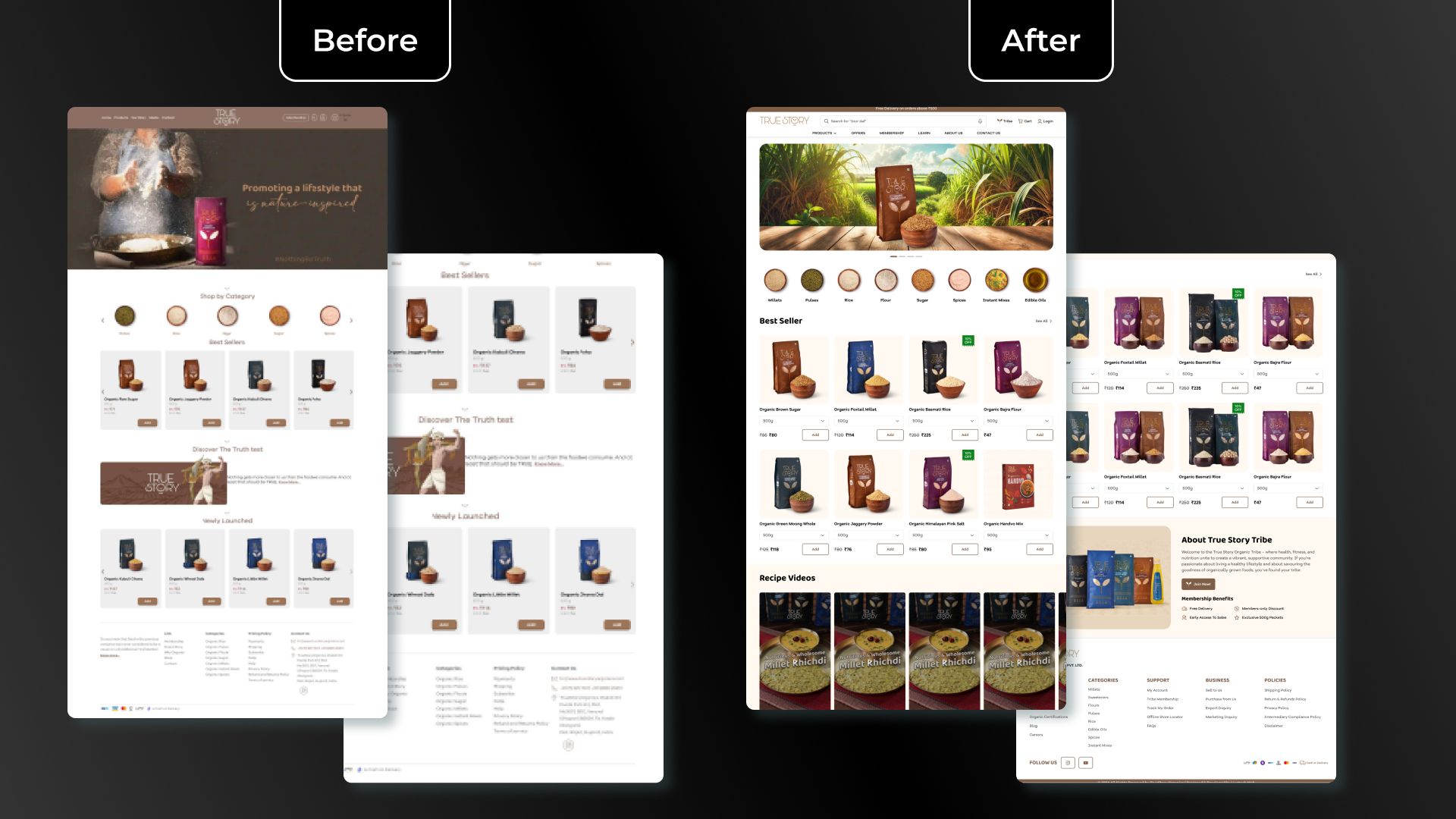
To solve these problems, we reduced load times to 3 seconds, streamlined the checkout process, optimized mobile design, and introduced OTP-based login. The results? Sales grew 10x to 20k–25k, user engagement doubled, and mobile traffic increased by 94%. Tribe membership came to life, and their vision turned into reality.
Amen University, a platform offering courses for mental health and well-being, struggled with an outdated website design. Challenges included a cluttered layout, non-responsive design, slow load times, poor navigation, limited user engagement, lack of accessibility, and minimal search engine visibility.
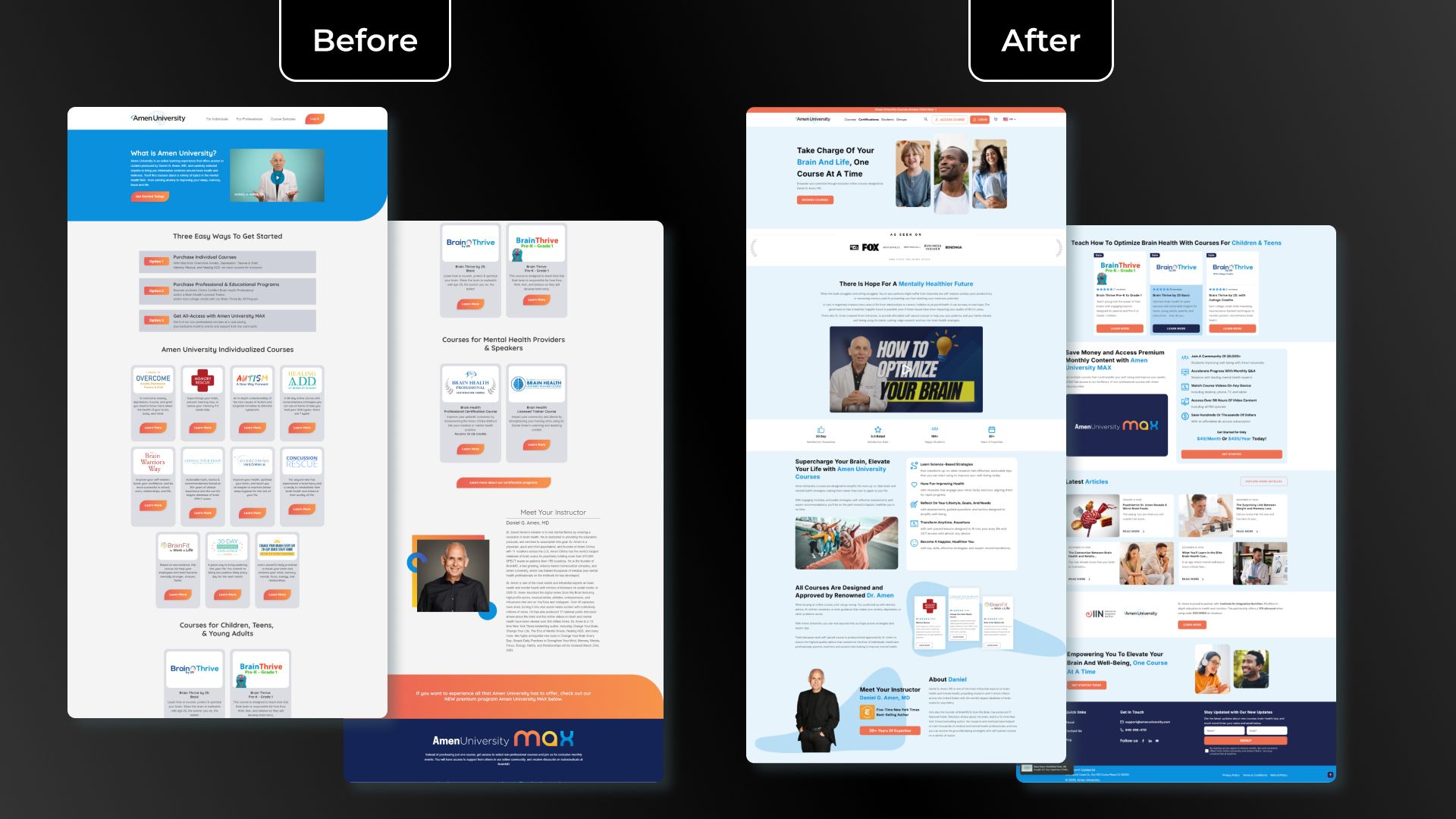
Knowing the challenges they faced, we modernized the visual design, ensured full responsiveness across devices, reorganized the navigation for intuitive browsing, and optimized load times for a faster experience. We enhanced course listings with detailed descriptions and engaging visuals, integrated multimedia content, improved accessibility to meet WCAG standards, and implemented SEO best practices.
A brand, Mush Mouth that offers premium mushroom-based wellness products for a healthier lifestyle, faced significant design and content challenges. There was no homepage to establish a strong first impression, and the product page lacked detail and appeal. The overall design was outdated, failing to engage users effectively or provide enough product information.
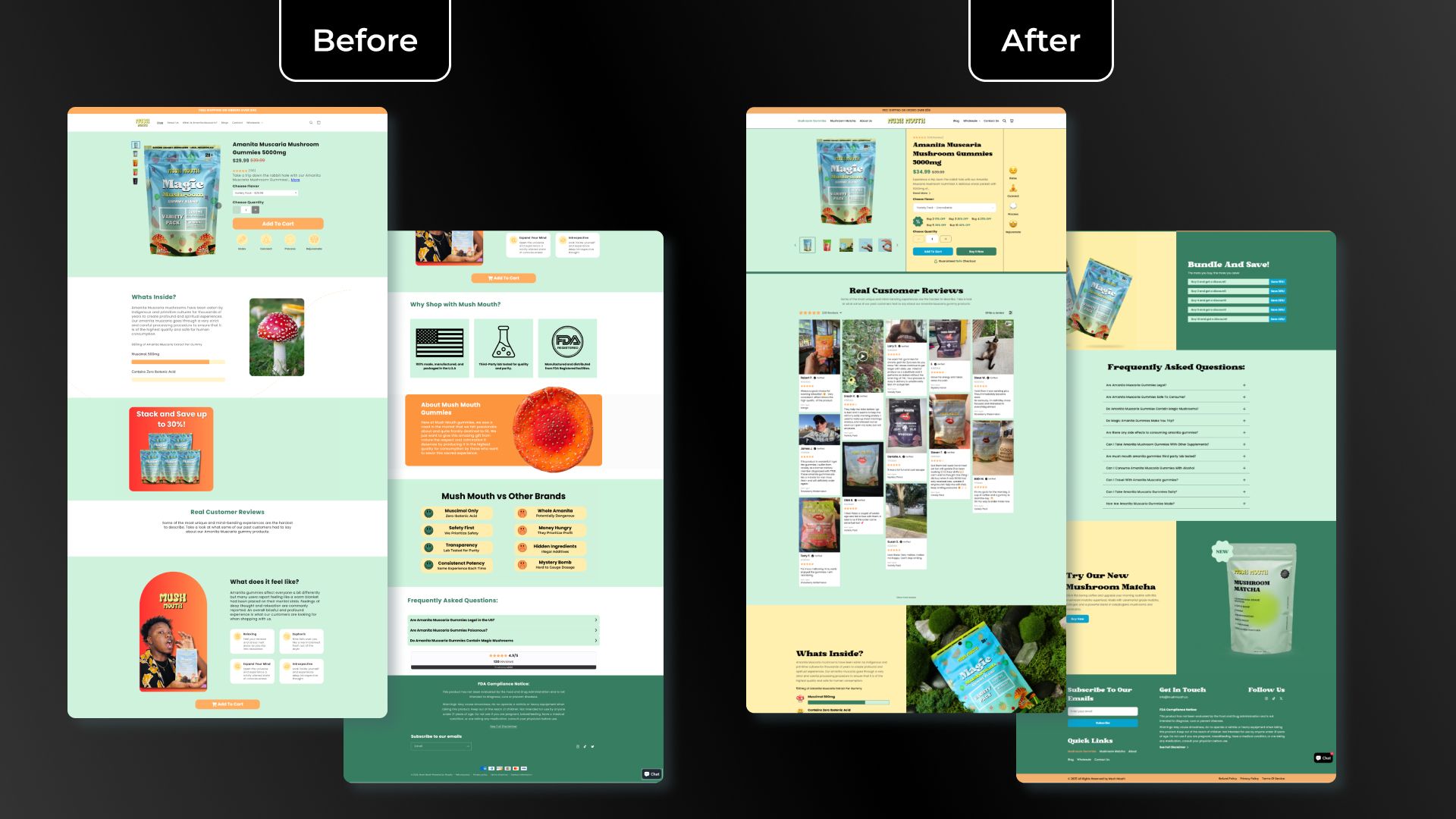
To create a website their users love, we introduced a visually appealing homepage that captured attention instantly. We created separate, detailed product pages for their two products, integrating both a One-Time Purchase and a Subscription Model for flexibility. UGC (User-Generated Content) videos were added to increase trust and engagement. Real customer reviews were highlighted in a well-organized manner, and a comparison table was introduced to show the benefits of Mush Mouth over competitors.
Deciding whether it's time for an e-commerce website redesign in 2025 is a big step, and it all comes down to understanding the needs of your business, your users, and the ever-changing technology.
It's easy to feel overwhelmed by all the factors that go into a successful redesign. However, the key is understanding when it's time for a change and knowing how to approach it effectively. It's not just about the design or technology—it's about creating a space where your users feel valued, and your business can flourish.
The right expertise ensures your website looks good, works better, drives more conversions, and aligns with your long-term vision. After all, it's not just about what your website looks like—it's about how it functions and connects with your audience.
So, as you move forward, think of this redesign as a refresh and an opportunity to set your business up for success in the years to come. If you're wondering where to start, you can schedule a free consultation with our experts today.
A right support can help turn your website into a powerful tool that drives results.
The timeline for a website redesign varies based on the project's complexity, the size of the site, and the resources available. On average, it can take anywhere from a few weeks to several months.
Costs depend on factors such as the scope of the redesign, the expertise of the team, and the features required. Having a realistic budget and discussing it with your design team is important to ensure the project stays within financial expectations.
A redesign could still be a good idea if your website functions well but feels outdated or no longer aligns with your business goals. A redesign can refresh the user experience, update design trends, and improve functionality even if there aren't significant issues.
Yes, you can do it yourself if you have the necessary skills or a small-scale redesign. Many website builders like WordPress, Wix, or Squarespace offer user-friendly tools for making changes. However, hiring a professional team may be a better investment to achieve a high-quality outcome for more complex redesigns.
An e-commerce website redesign enhances business by improving user experience, boosting conversion rates, and optimizing SEO. It creates a modern, mobile-friendly design that builds trust, attracts more customers, and simplifies navigation and checkout, leading to higher sales and better brand appeal.
